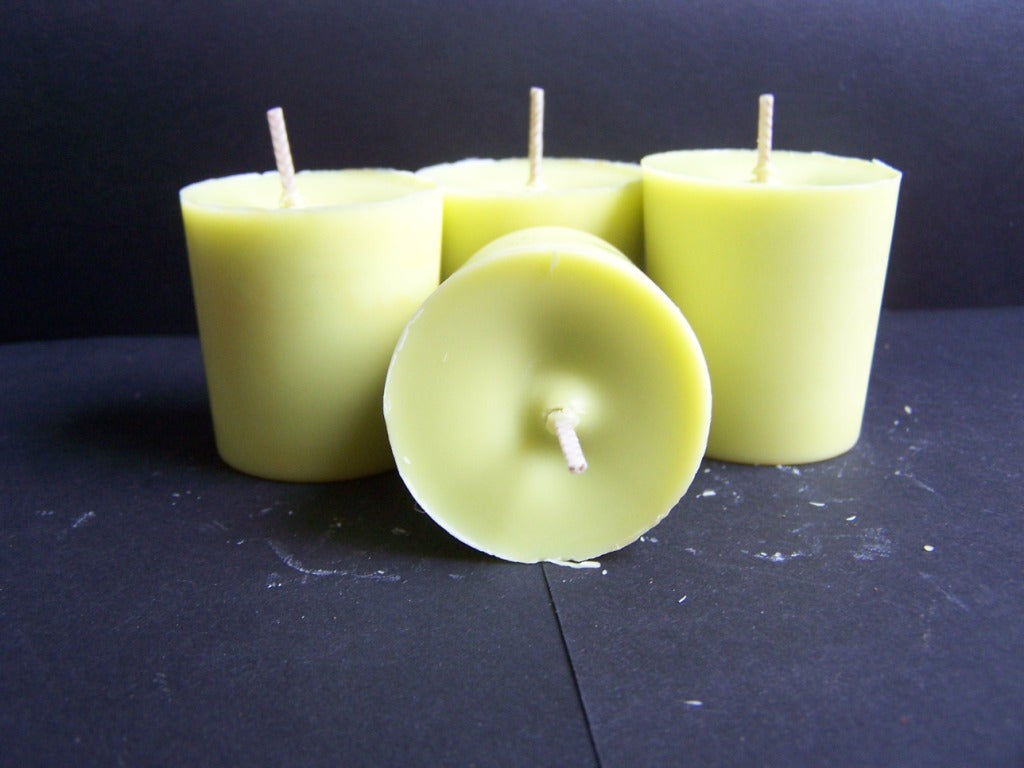Shop Sustainable Soy Wax Candles and Home Fragrance Collections
Shop Sustainable Soy Wax Candles and Home Fragrance Collections
Blog Article
From Wick to Wax: Understanding the Chemistry Behind Soy Wax Candles and Their Environmental Influence
As we brighten our spaces with the warm radiance of candle lights, there exists a world of complex chemistry behind the seemingly easy act of lighting a soy wax candle light. The selection in between soy and paraffin wax expands beyond simple aesthetic appeals, delving into the world of environmental impact and the really composition of the materials. Comprehending the molecular structure of soy wax and its burning procedure sheds light on the discharges released right into our surroundings. Join us as we unwind the scientific details behind soy wax candle lights and explore their implications on our setting.
Soy Wax Vs. Paraffin Wax
When comparing soy wax and paraffin wax for candle making, it is necessary to recognize the distinct qualities and advantages of each material. Soy wax is a natural, renewable energy derived from soybean oil, making it environmentally friendly and naturally degradable - home fragrance. On the other hand, paraffin wax is a byproduct of oil refining, which increases issues concerning its environmental impact and sustainability
Soy wax candles melt cleaner and release much less residue compared to paraffin wax candles, making them a much healthier option for interior air high quality. Furthermore, soy wax has a lower melting factor, allowing for a longer-lasting candle that disperses scent much more efficiently. Paraffin wax, on the various other hand, has a tendency to melt faster and much less cleanly, possibly launching unsafe chemicals right into the air.
From a sustainability point of view, soy wax is preferred for its biodegradability and renewable sourcing, straightening with the growing customer preference for ecologically conscious items. While paraffin wax has actually been a conventional option in candle making because of its cost and convenience of usage, the shift towards green options like soy wax is acquiring energy in the sector.
Chemical Make-up of Soy Wax

Combustion Process in Soy Candles
The chemical composition of soy wax directly influences the combustion procedure in soy candle lights, impacting factors such as shed time, fragrance launch, and environmental impact. When a soy candle light is lit, the heat from the fire melts the wax near the wick. This liquid wax is then created the wick due to capillary action. As the liquid wax reaches the fire, it evaporates and goes through burning. The burning process entails the vaporized hydrocarbons in the wax responding with oxygen airborne to produce heat, light, water vapor, and carbon dioxide.
The burning performance of soy candle lights is affected by the pureness of the soy wax and the quality of the wick. A clean-burning soy candle with a properly sized wick will decrease and generate a constant fire soot development. This not just expands the melt time of the candle however also improves the release of scents. Additionally, soy wax candles have a lower ecological impact contrasted to paraffin candle lights because of their biodegradable and eco-friendly nature.

Environmental Benefits of Soy Wax

Taken into consideration a lasting choice to traditional paraffin wax, soy wax uses significant environmental benefits that make it a preferred selection among eco-conscious consumers. Soy wax burns cleaner and creates much less residue than paraffin wax, adding to far better interior air quality and reducing the need for cleansing and maintenance. In general, the ecological benefits of soy wax line up with the growing need for lasting and environment-friendly items in the market.
Recycling and Disposal Considerations
Recycling and proper disposal of soy wax candle lights play an important function in preserving ecological sustainability and minimizing waste in houses and neighborhoods. When it pertains to reusing soy wax candles, the primary step is to ensure that the candle light has actually shed entirely. This check my reference can be attained by permitting the candle to shed until the wick is no much longer useful, and after that letting the remaining wax cool and solidify. As soon as the wax has actually solidified, it can be meticulously gotten rid of from the container.

In regards to disposal, if recycling is not an option, soy my explanation wax candle lights are naturally degradable and can be securely gotten rid of in most household waste systems. However, it is always recommended to consult neighborhood reusing centers or waste monitoring solutions for specific guidelines on candle light disposal to make certain correct handling and environmental defense.
Conclusion
To conclude, the chemistry behind soy wax candles reveals their ecological advantages over paraffin wax candle lights. Soy wax, stemmed from soybean oil, burns cleaner and produces less residue when contrasted to paraffin wax. The burning procedure in soy candles is extra effective, leading to a longer and more even melt. In addition, soy wax is eco-friendly and biodegradable, making it a more lasting option for candle manufacturing. Reusing and proper disposal of soy wax candles better add to their ecological impact.
When comparing soy wax and paraffin wax for candle light production, it is vital to recognize the distinct qualities and benefits of each product (soy candles).Soy wax candle lights melt cleaner and emit less soot compared to paraffin wax candle lights, making them a healthier selection for indoor air quality.Taken into consideration a lasting choice to traditional paraffin wax, soy wax provides noteworthy environmental benefits that make it a preferred choice among eco-conscious consumers. Soy wax burns cleaner and generates less soot than paraffin wax, adding to better indoor air top quality and decreasing the demand for cleaning and maintenance.In verdict, see this the chemistry behind soy wax candles reveals their ecological benefits over paraffin wax candles
Report this page